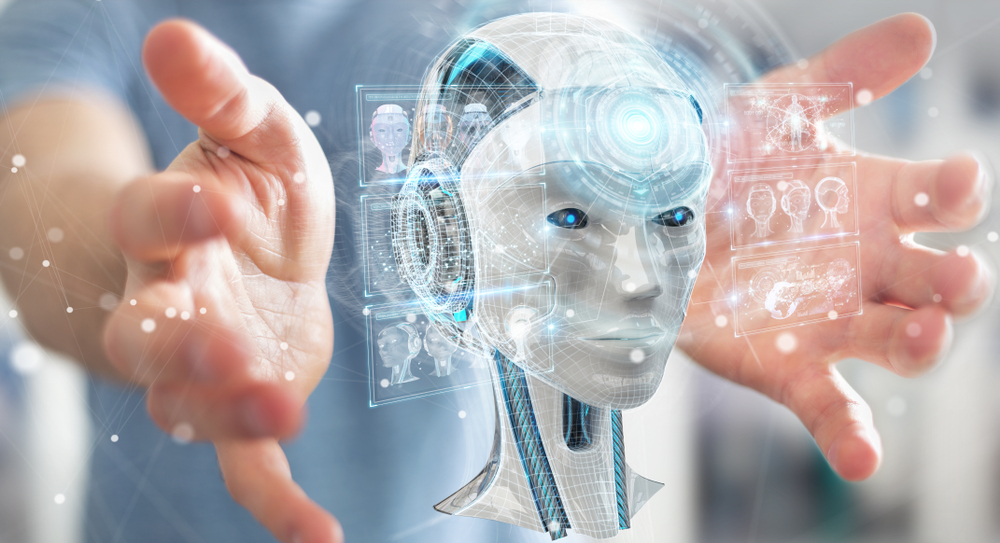Embracing Innovation and Human-Centric Strategy
The rise of artificial intelligence is reshaping the way we work, communicate, and lead. One of the most significant shifts in today’s evolving workplace is AI’s impact on modern leadership. No longer confined to routine automation or data analysis, AI technologies are becoming strategic tools that influence decision-making, organizational structure, and leadership dynamics at every level.
As we stand at this technological crossroads, leaders are being called upon to adapt to changes that transcend traditional management frameworks. They must now cultivate digital fluency, foster innovation, and strike a balance between machine efficiency and human empathy. The result is a transformation not just in how organizations operate, but in how leaders lead.
From Command-and-Control to Collaborative Leadership
The traditional top-down leadership model is giving way to more agile, collaborative approaches. With AI providing real-time insights and predictive analytics, decision-making is becoming faster, more data-driven, and decentralized. Leaders no longer need to control every aspect of a project; instead, they must empower teams to act autonomously while ensuring alignment with strategic goals.
This shift requires new soft skills. Emotional intelligence, adaptability, and cultural awareness are becoming as essential as technical know-how. Leaders must be able to interpret complex data, yes but they must also motivate teams, foster inclusion, and guide organizations through uncertainty.
According to a report by McKinsey & Company, companies that effectively integrate AI see higher productivity and innovation. But success hinges on leadership that understands how to manage both people and machines. It’s not about replacing human judgment with algorithms it’s about enhancing it.
AI as a Strategic Partner
AI tools are no longer confined to operational support they’re becoming strategic assets. From intelligent dashboards that offer performance insights to generative AI models that propose creative solutions, AI is increasingly embedded in leadership functions.
Take performance evaluations, for example. Instead of relying solely on annual reviews, AI-powered platforms can provide continuous feedback and performance tracking, allowing for more agile talent development. Similarly, AI can help forecast market trends or model the outcomes of strategic decisions, supporting leaders in making informed, forward-looking choices.
But integrating AI into leadership requires a clear understanding of its limitations and ethical considerations. Algorithms are only as unbiased as the data they’re trained on. Leaders must be vigilant in ensuring that AI is used responsibly and transparently, fostering trust within their organizations.
Navigating Ethical and Cultural Challenges
The ethical dimension of AI leadership cannot be overstated. As AI systems influence hiring, compensation, and even promotions, leaders must safeguard against bias, discrimination, and lack of transparency. The potential for harm is real if AI is used without proper governance.
Moreover, cultural shifts accompany technological ones. Employees may fear being replaced by machines or struggle to adapt to new workflows. Leaders must be prepared to guide their teams through these transitions with empathy and clarity. Open communication, continuous learning opportunities, and inclusive decision-making can help build resilience and engagement.
A good example of leadership adapting to this new landscape is the implementation of AI ethics boards in many forward-thinking companies. These boards, made up of diverse stakeholders, provide oversight on how AI technologies are deployed, helping to align innovations with company values and societal expectations.
Leadership Development in the AI Era
As AI becomes more entrenched in business processes, leadership development programs must evolve. Future leaders need training in digital literacy, data analytics, and AI tools, but also in critical thinking, ethical reasoning, and change management.
Organizations that invest in these hybrid skillsets will be better positioned to thrive in the digital age. They’ll cultivate leaders who can leverage AI for competitive advantage while preserving the human touch that drives organizational culture and cohesion.
The Employee Benefits Security Administration (EBSA) is a division of the U.S. Department of Labor dedicated to safeguarding the retirement, health, and other workplace-related benefits of American workers and their families.
A Human-Centered AI Future
While AI will continue to transform the workplace, it won’t replace leadership it will redefine it. The leaders of tomorrow must blend technical proficiency with emotional intelligence, strategic thinking with ethical clarity, and innovation with inclusivity.
The organizations that will succeed in the future of work are those that recognize AI not as a threat, but as a partner. A tool that, when guided by human values, can unlock unprecedented growth, creativity, and resilience.
Ultimately, the future of leadership lies not in choosing between humans and machines, but in building a symbiotic relationship between the two where technology amplifies human potential rather than diminishing it.
